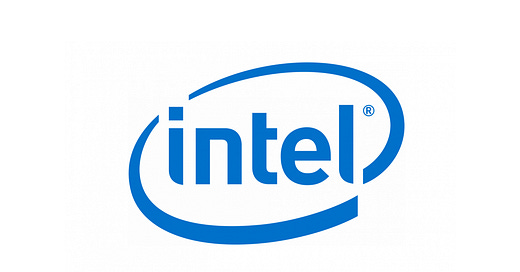Intel Corporation $INTC - A Valuation on 3rd July 2021
This mature semiconductor business has lost the Apple contract. After a substantial short-term hit, they will continue growing slowly and steadily.
Want all our value-investment research delivered to your inbox? Enter your email below:



